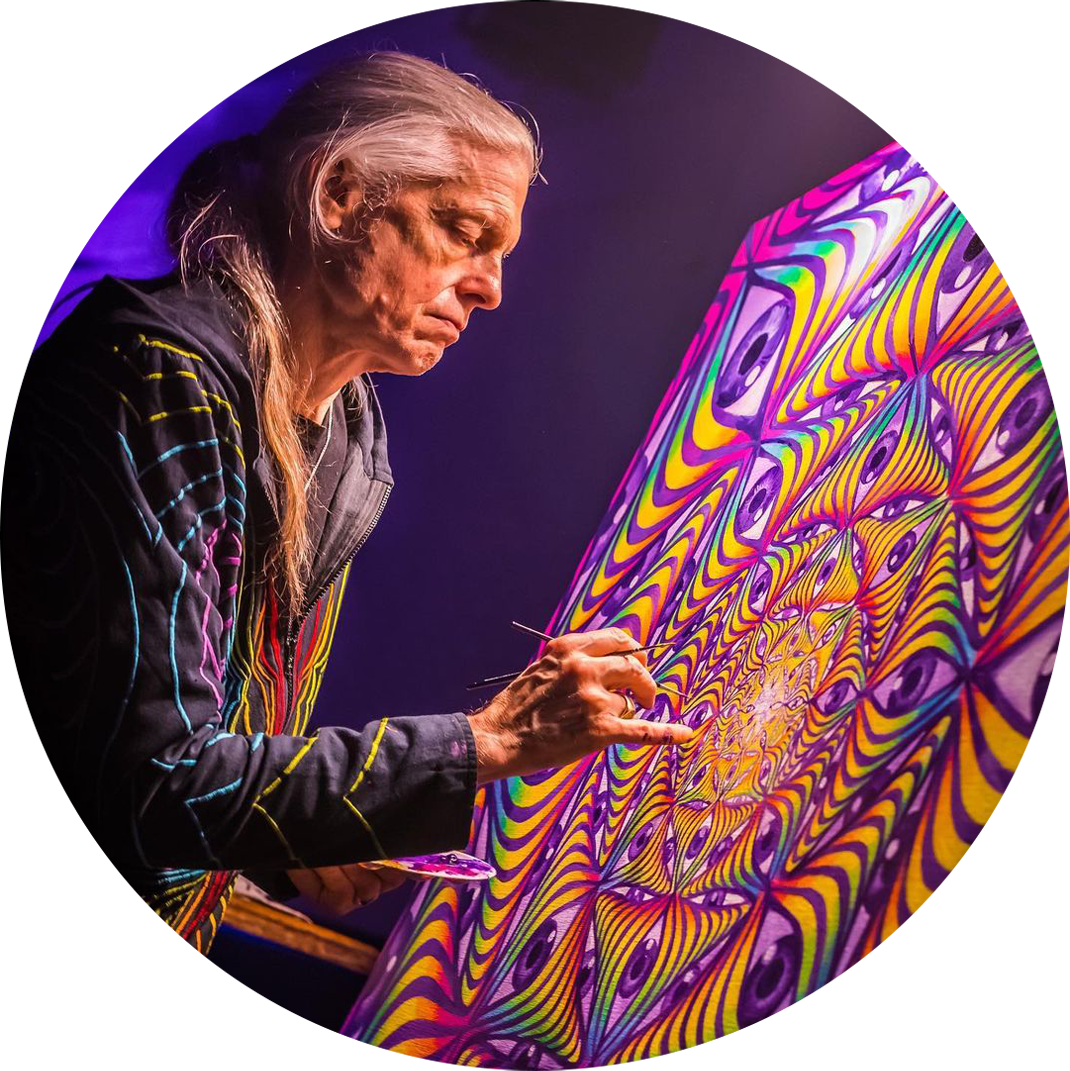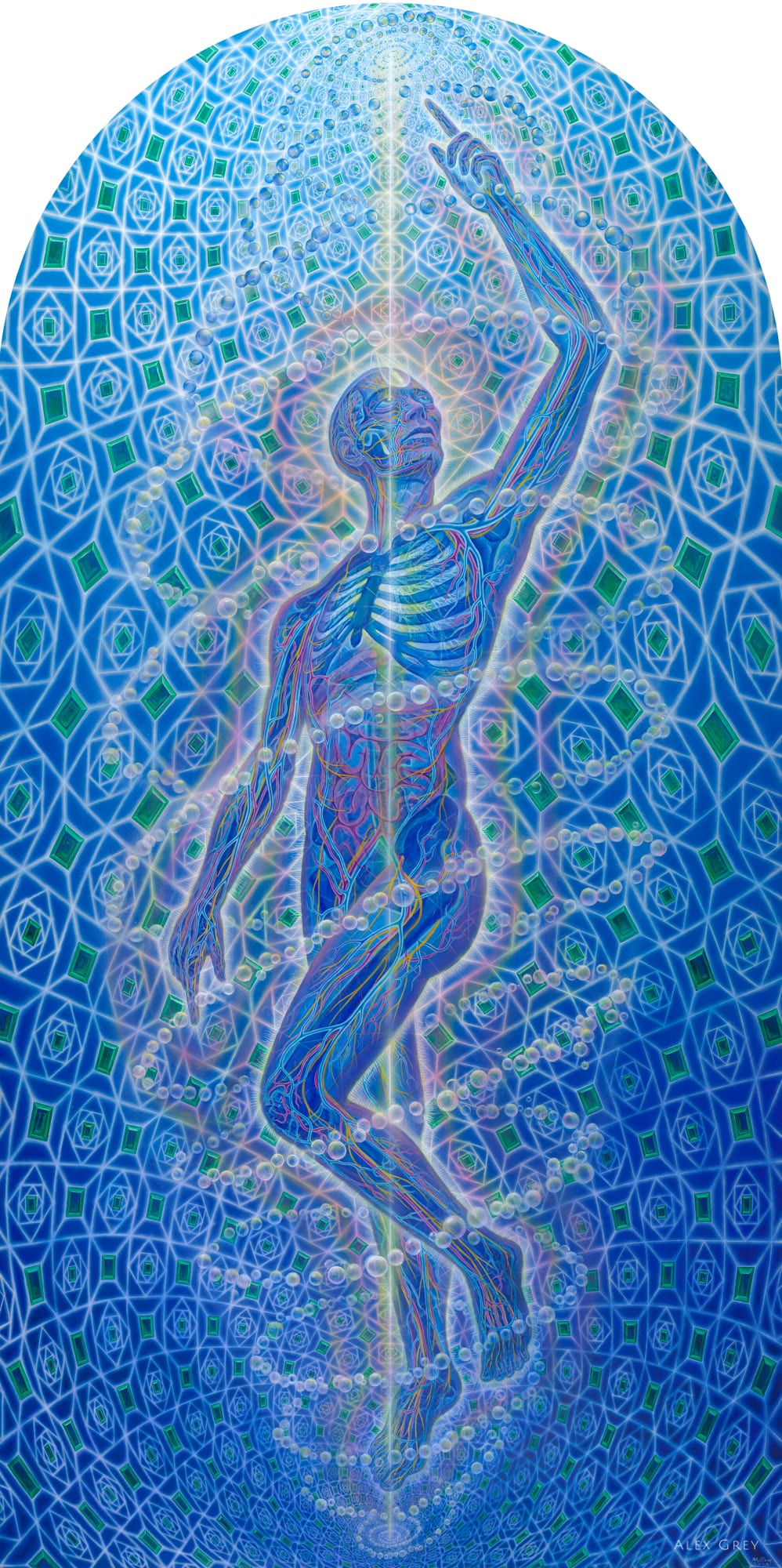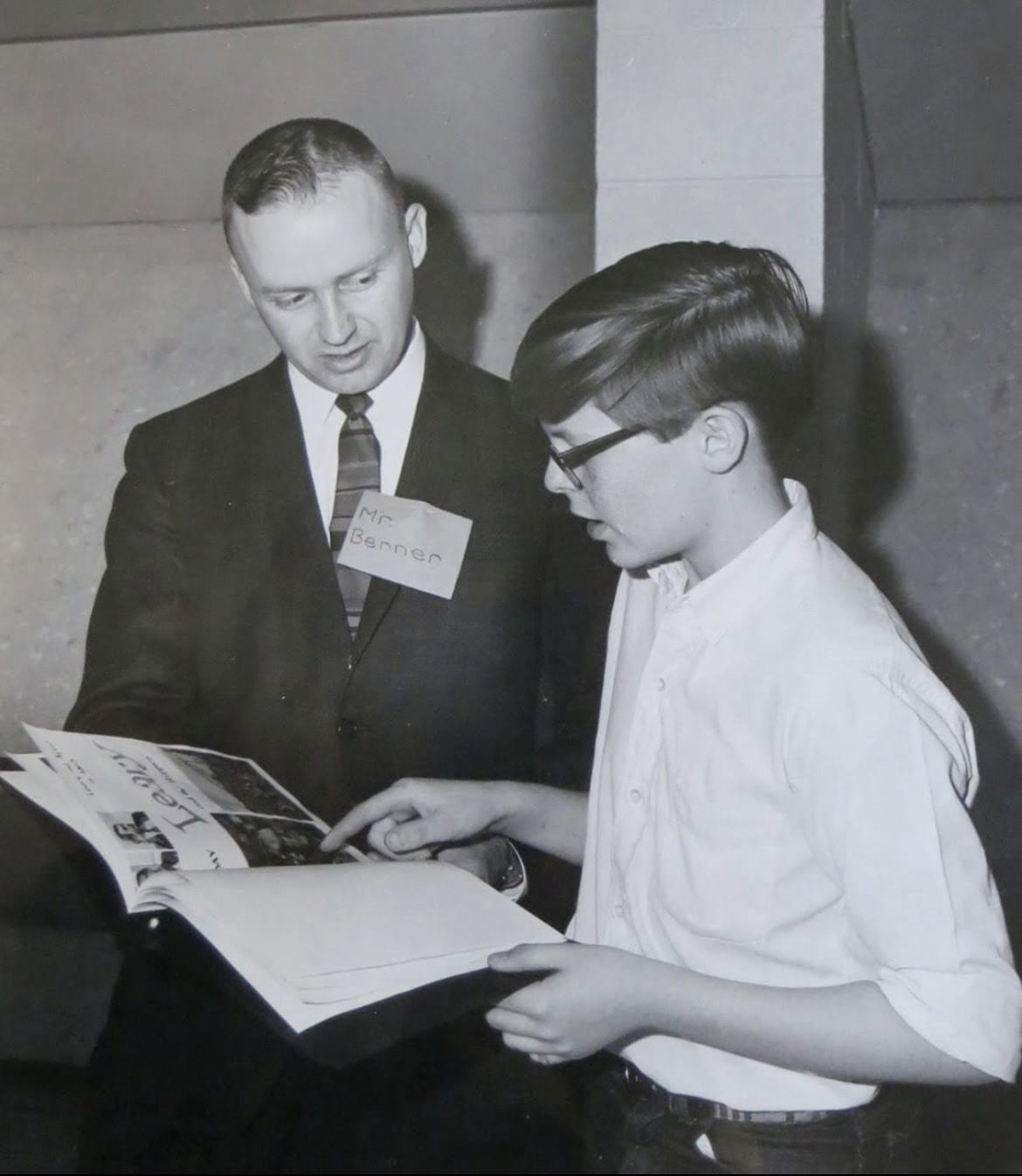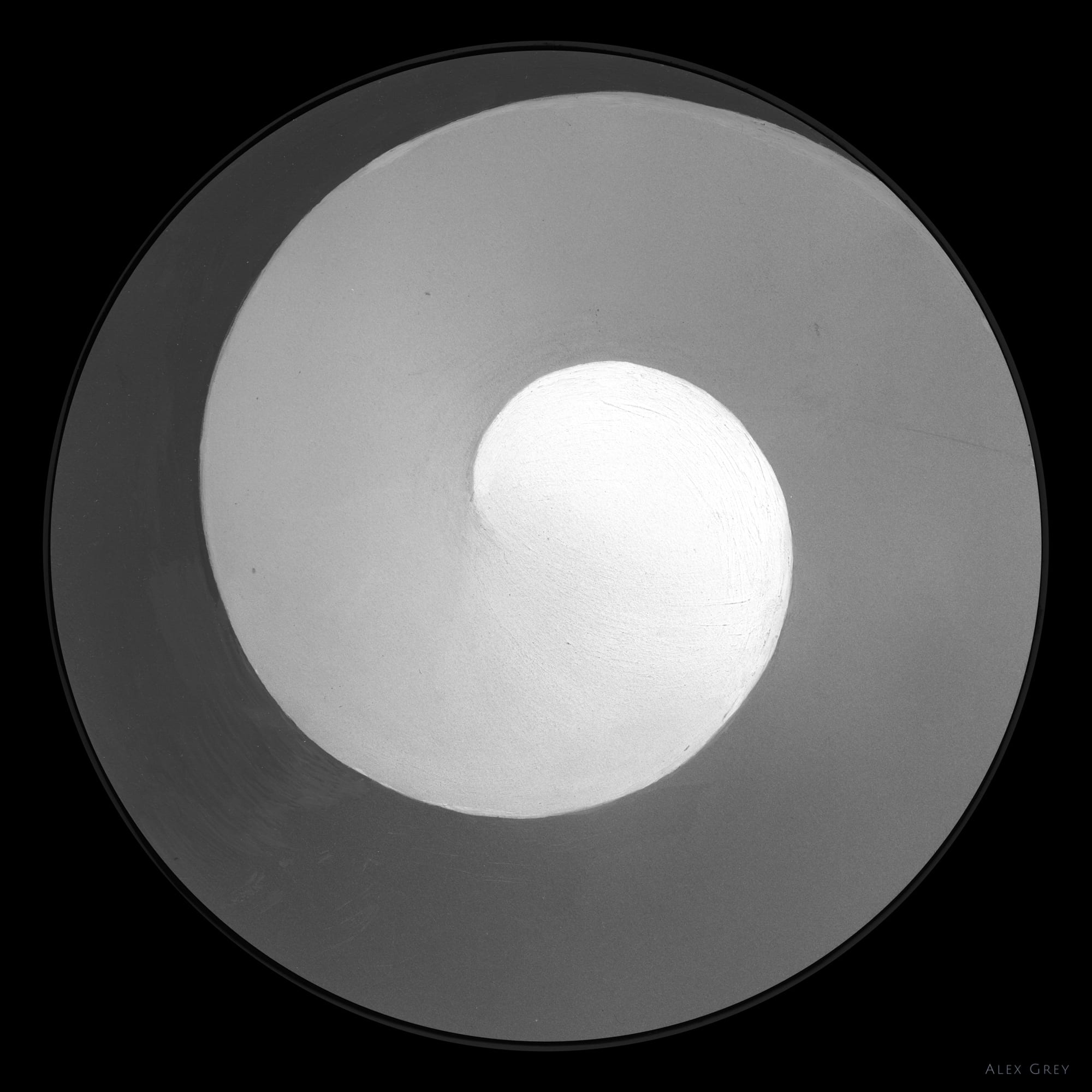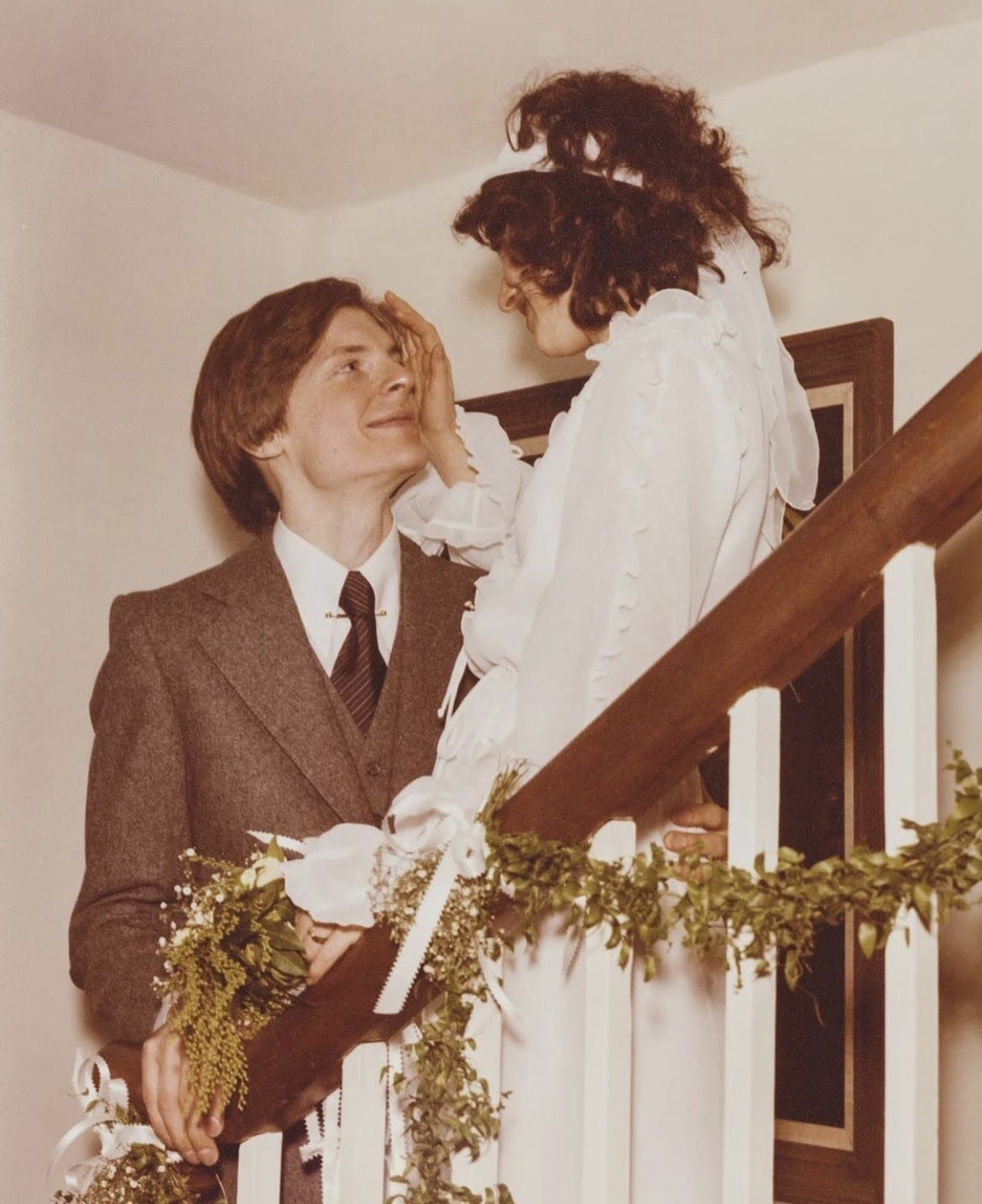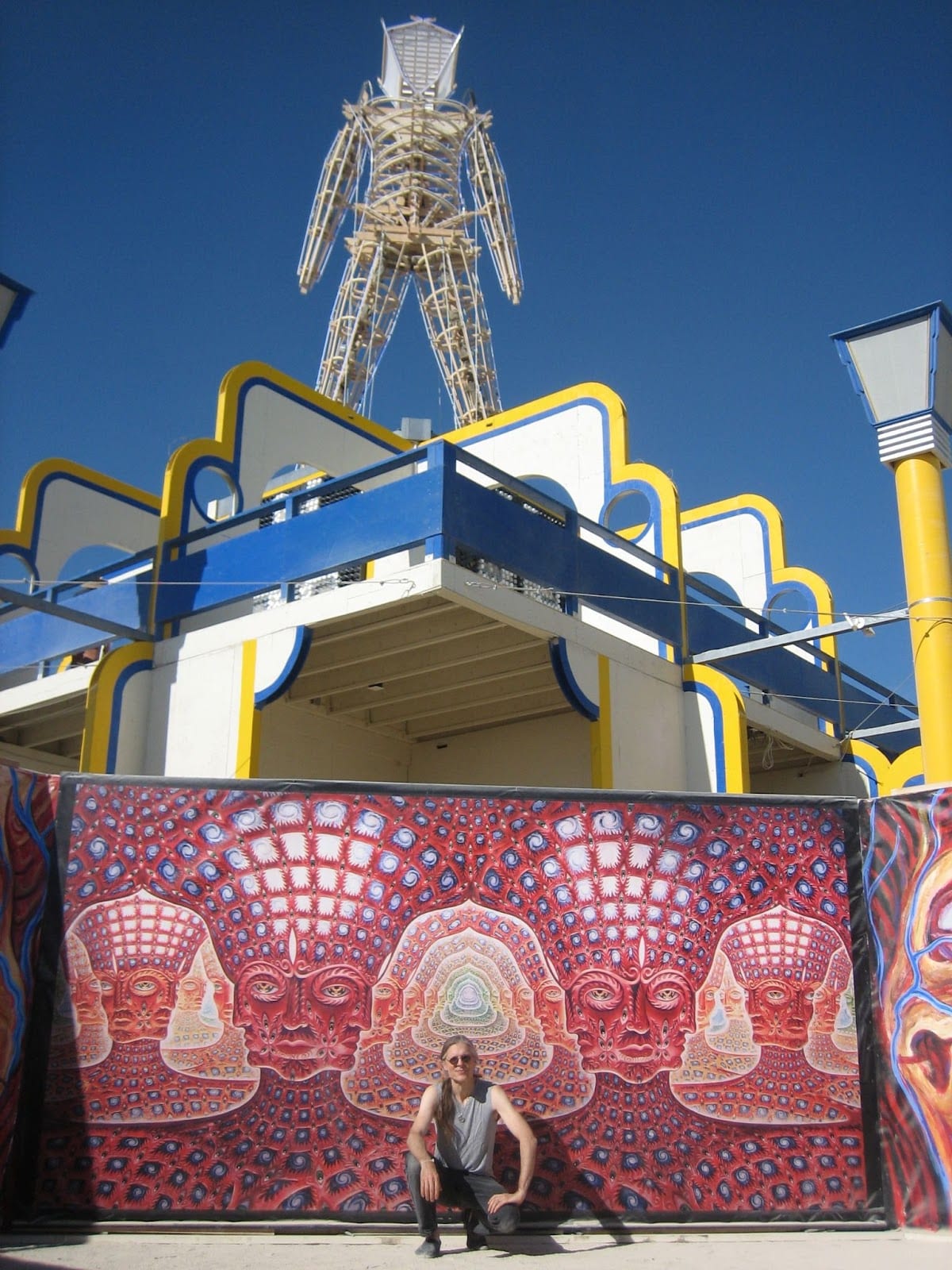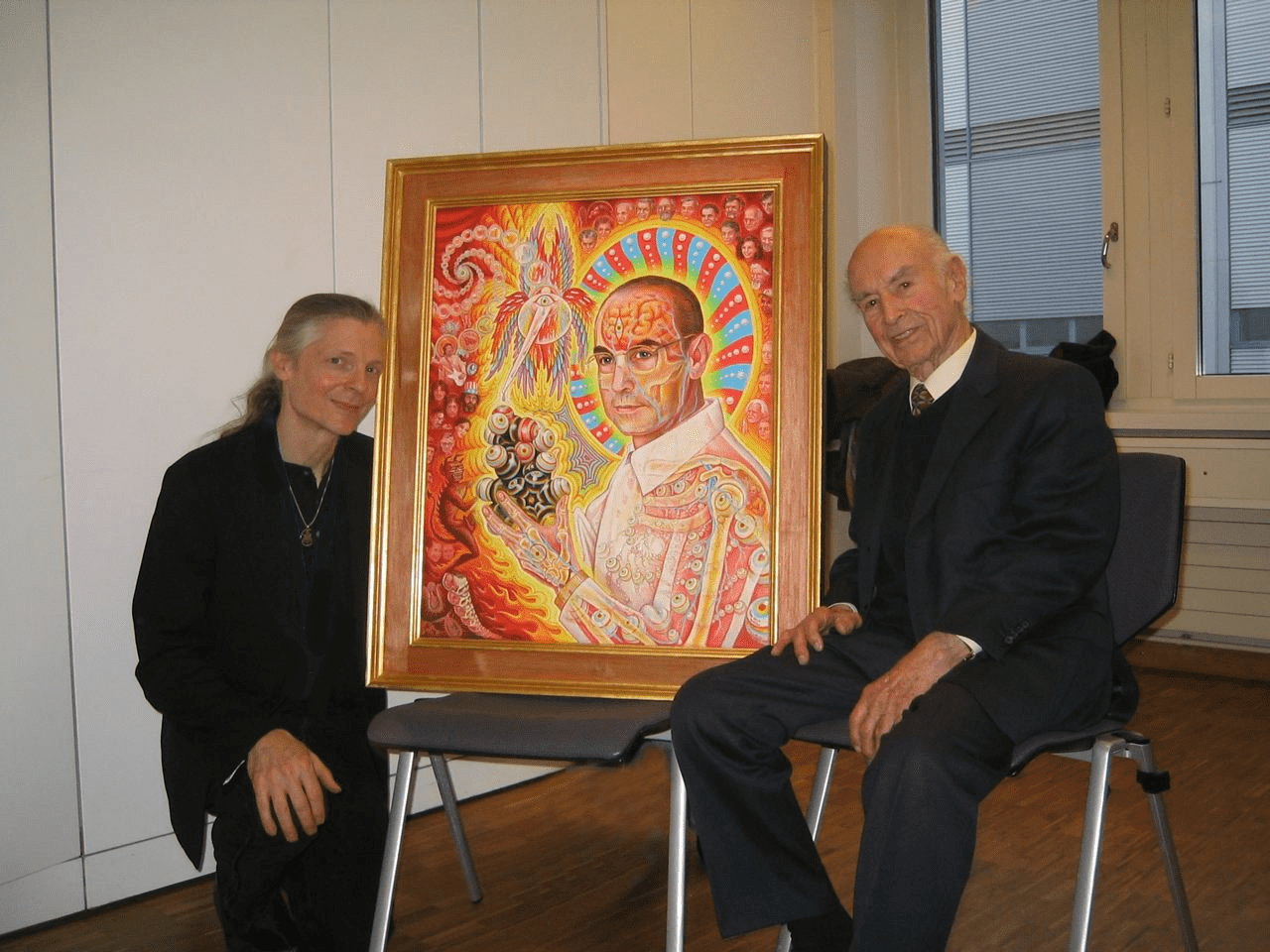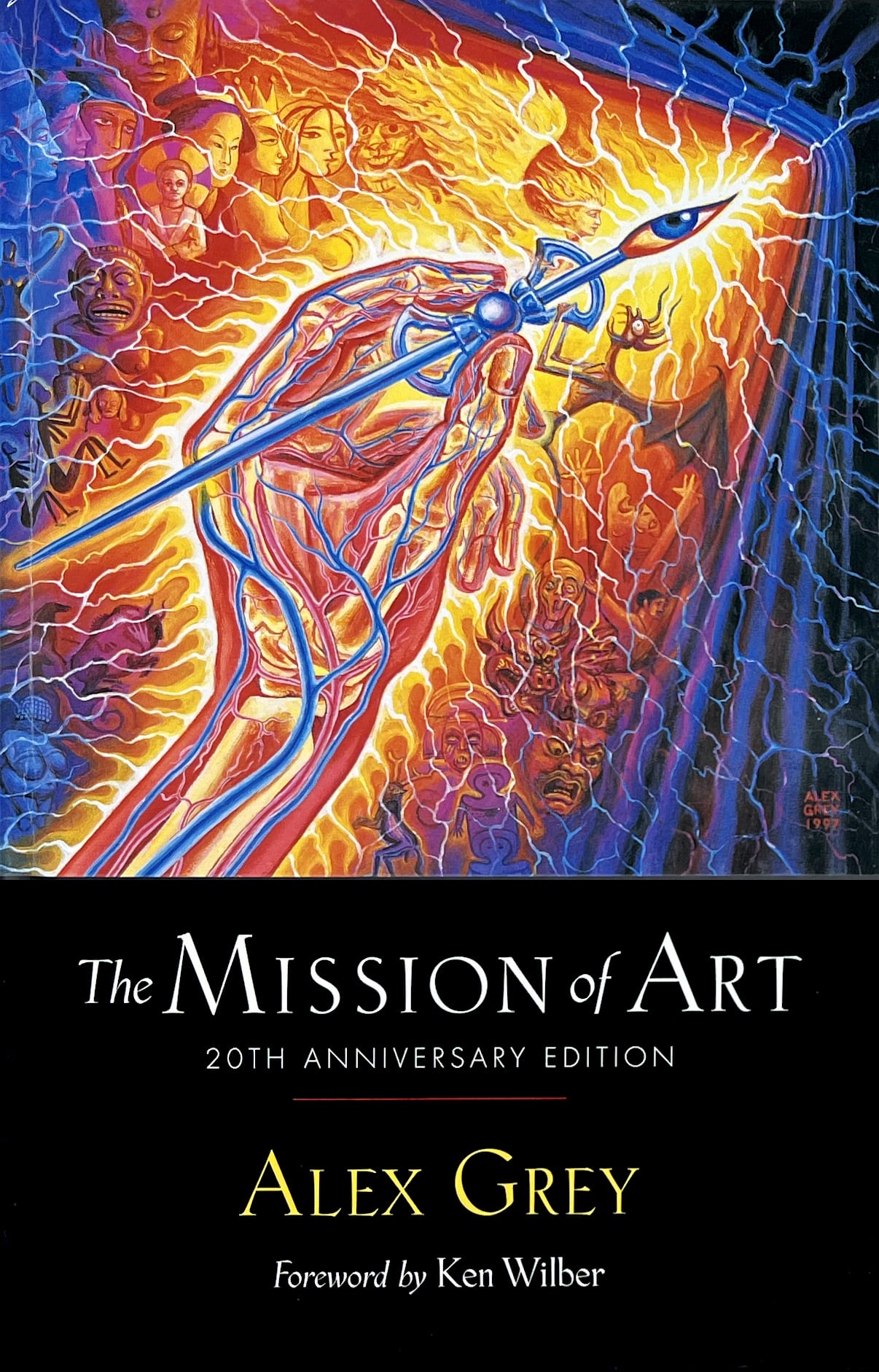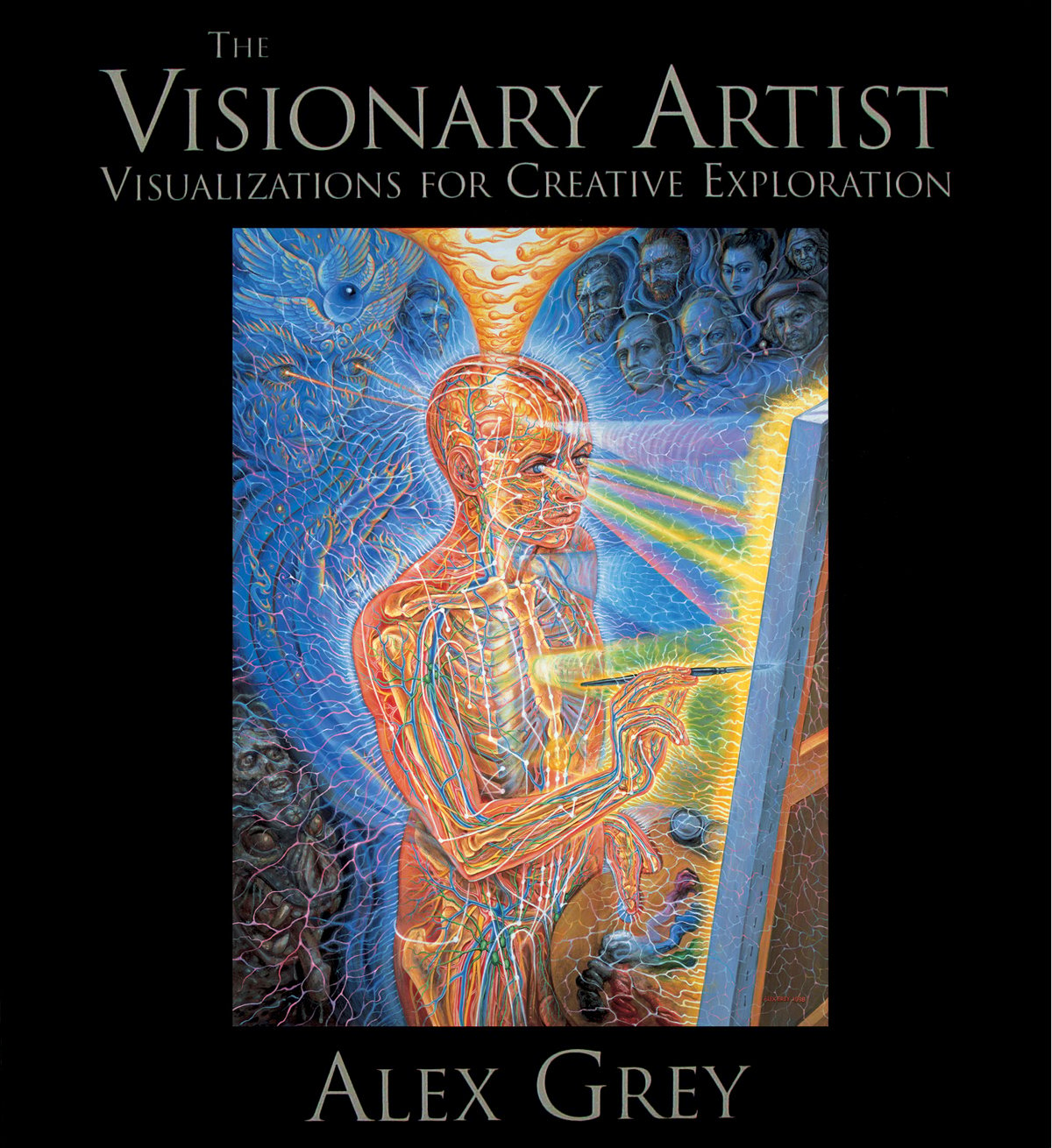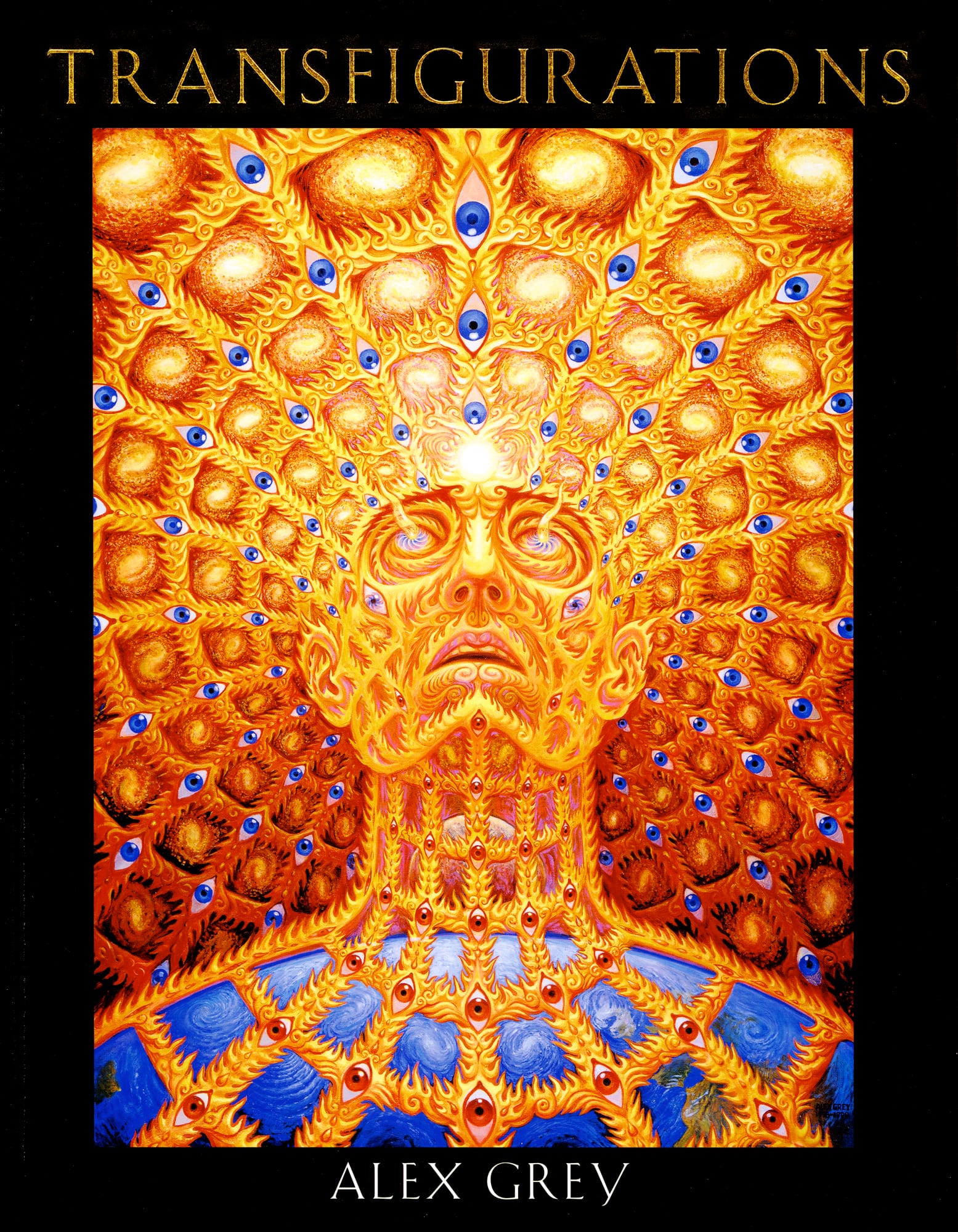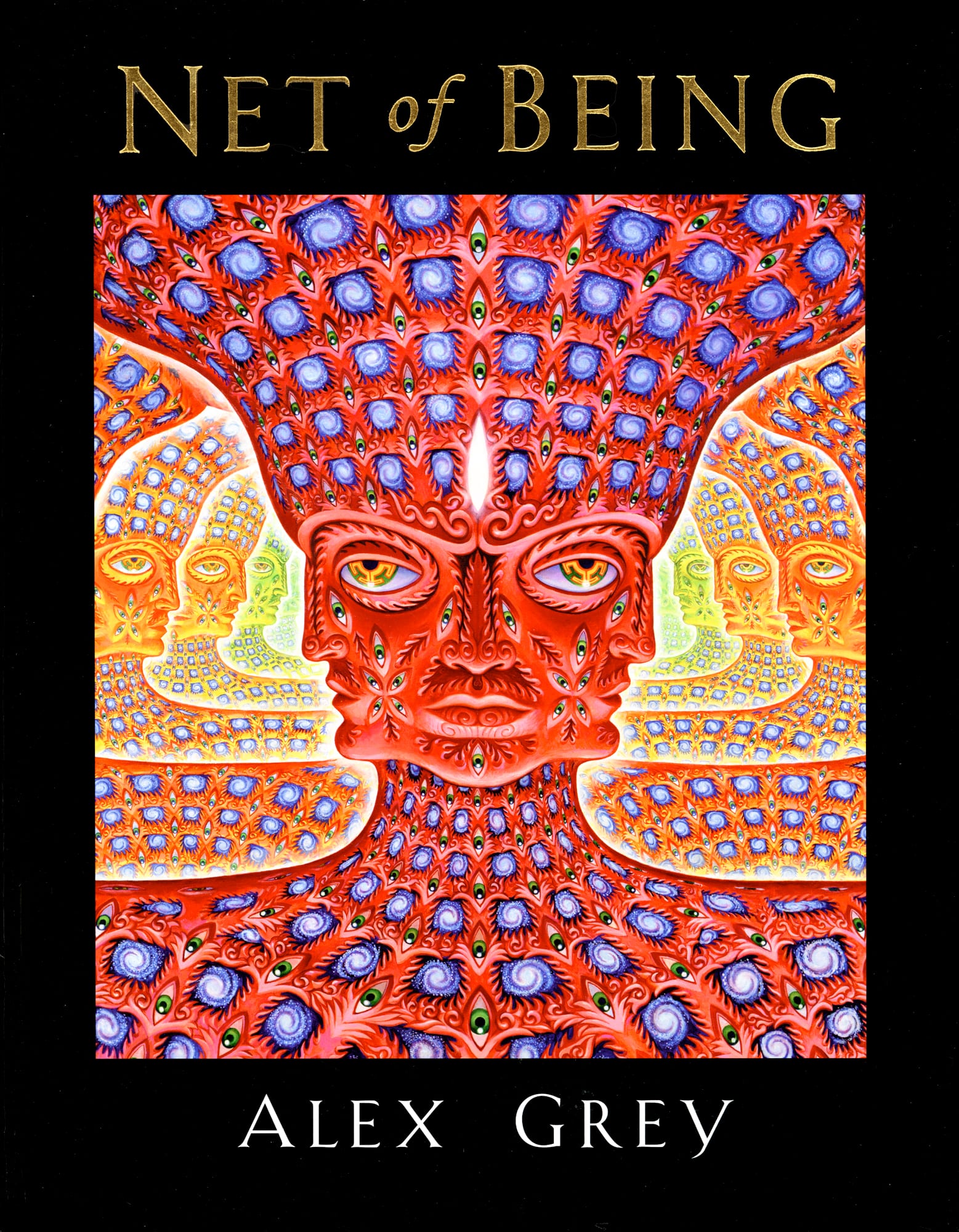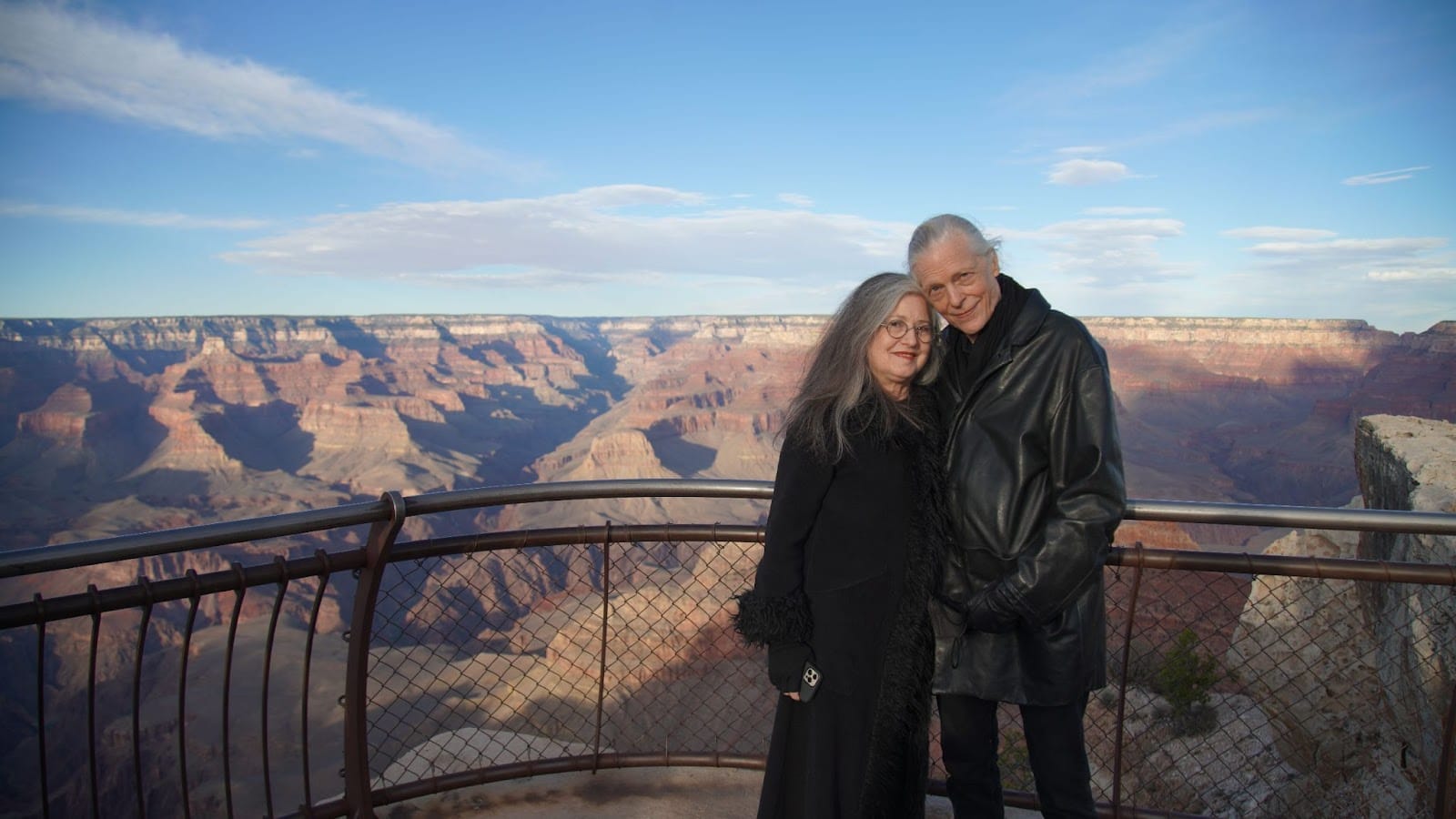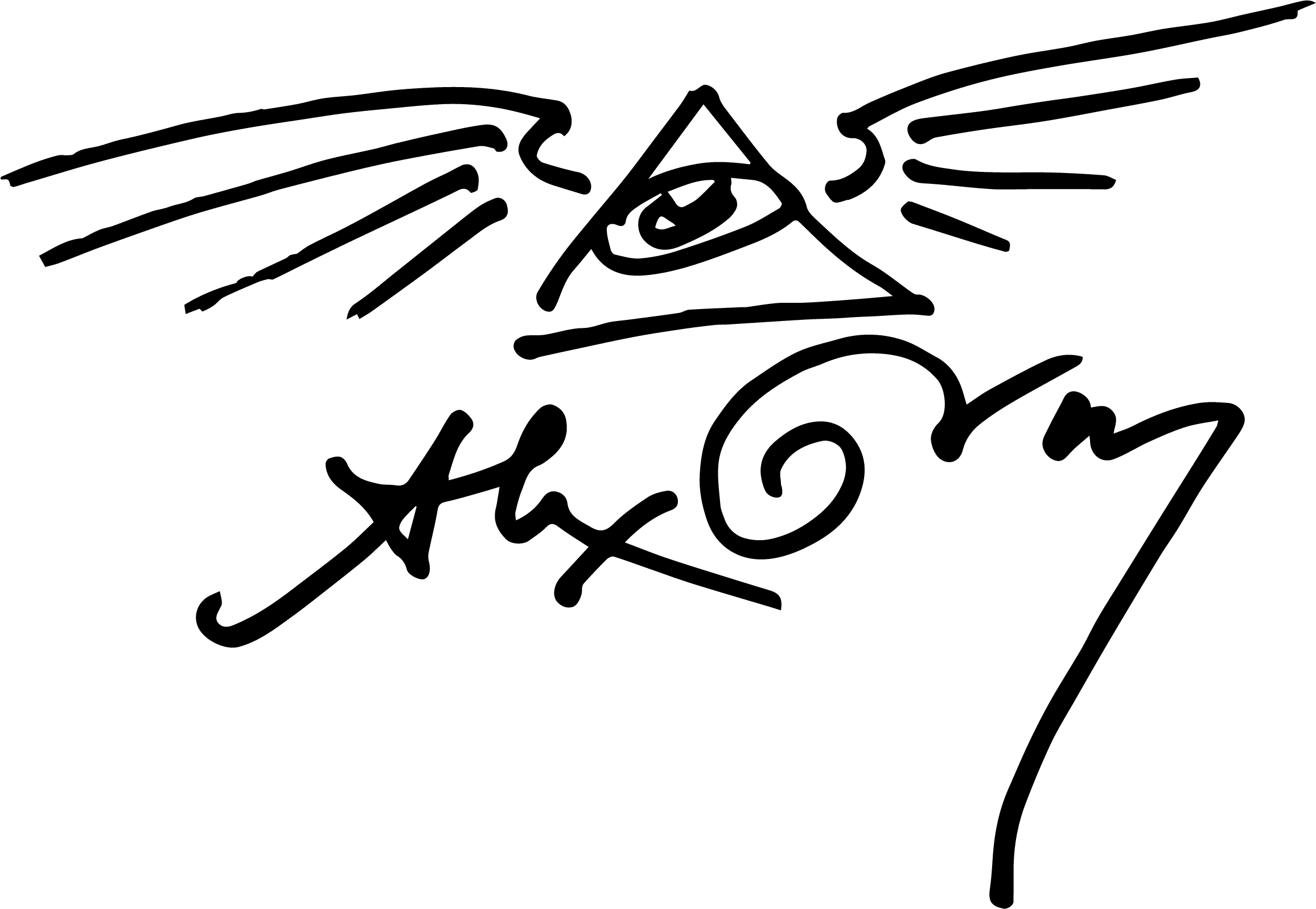Alex painted other spiritual archetypes including Void/Clear Light, Avalokitesvara, Christ and Sophia, to complete the Sacred Mirrors.
In 1984, the Grey's moved from their downtown studio in Boston, Massachusetts to Brooklyn, New York. In their Brooklyn loft, July 7, 1985, the Grey's wore blindfolds for their first MDMA experience.
This was when they simultaneously visioned the Chapel of Sacred Mirrors, a permanent public home for the series.
It was then Alex imagined elaborate sculptural frames around each Sacred Mirror painting and designing them began.
In their Brooklyn loft basement, the Grey's sculpted and cast 21 frames in time for an exhibition of the entire series at the New Museum,
New York City [February 1986], where the “Choices" show featured performance artists, including Tehching Hsieh, Marina Abramovic, James Lee Byars and Mike Osterhout.
New Museum Director, Marcia Tucker, described her intent for the exhibition:
"Choices” is an exhibition of work which attempts to remove the barriers between art and life.
It is about artists who make their lives art, and vice versa, often with extraordinary results…
Grey's Sacred Mirrors are portraits of the human being in a universal sense, attempting to address every aspect of the body and spirit.
- Choices
by Marcia Tucker, New Museum, exhibition catalogue 1986
Stux Gallery, NYC featured a solo exhibit of Alex’s paintings [1986] where the iconic works Kissing, Copulating, and eighteen foot long Journey of the Wounded Healer were first shown.
A review by Carlo McCormick appeared in ARTFORUM, September 1986:
While the group of paintings exhibited here were actually about love and positive energies,
the lack of sentimentality in Grey’s execution, and his graphic, scientific dissection of what is normally rendered as sensuous flesh,
tend to make them appear more coldly distanced.
Yet these are in fact extremely passionate works, and it is only Grey’s inquisitiveness,
his desire to understand the cosmic meta-structure of humanity,
that drives him to such a rigorously detailed account of the typically unseen.
- ARTFORUM
September 1986, Carlo McCormick, review section
Grey’s work was celebrated in a mid-career retrospective at the Museum of Contemporary Art, San Diego [1999].
Deepak Chopra spoke at the opening and Grey premiered the first animated view of the Chapel of Sacred Mirrors.
Although the show was popular and well attended Grey received a dismissive attack from LA Times art critic Leah Ollman.
Grey defended his work in a published letter to the editor, that accused the critic of “soulphobia.”
